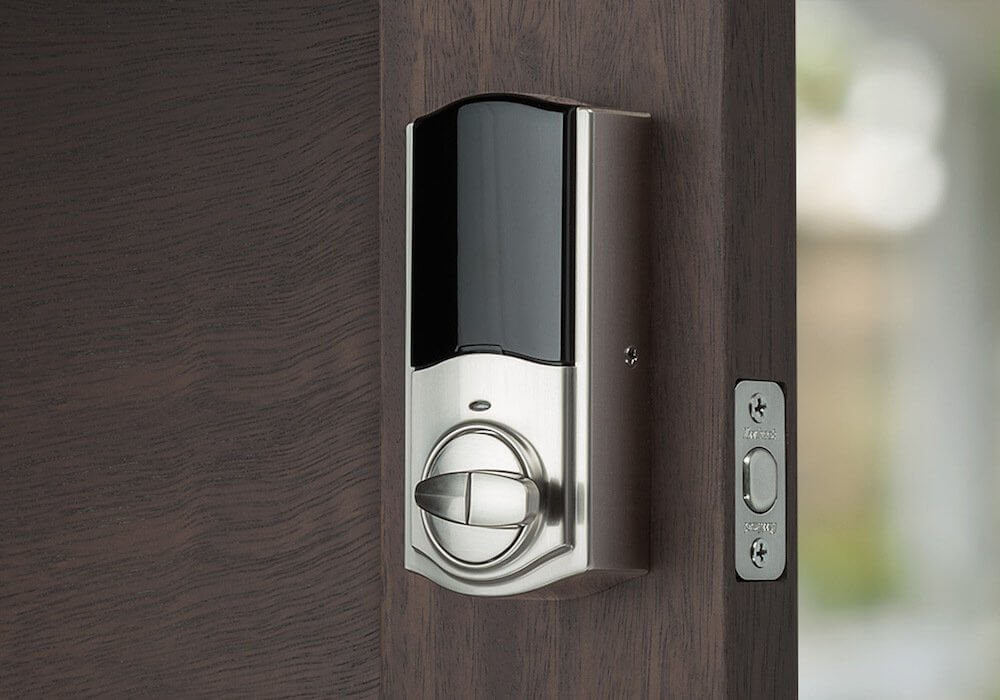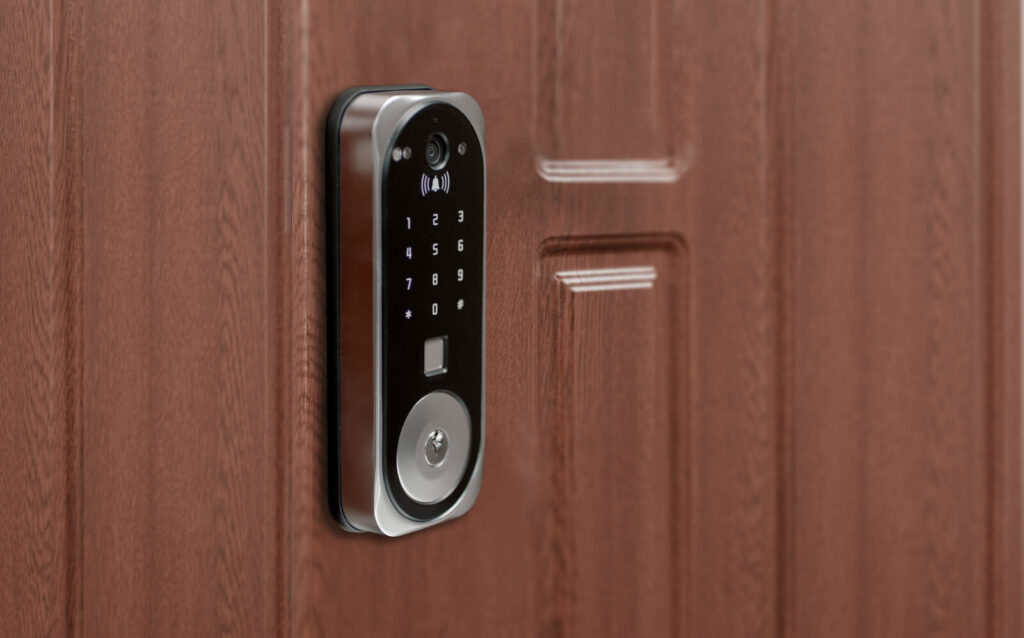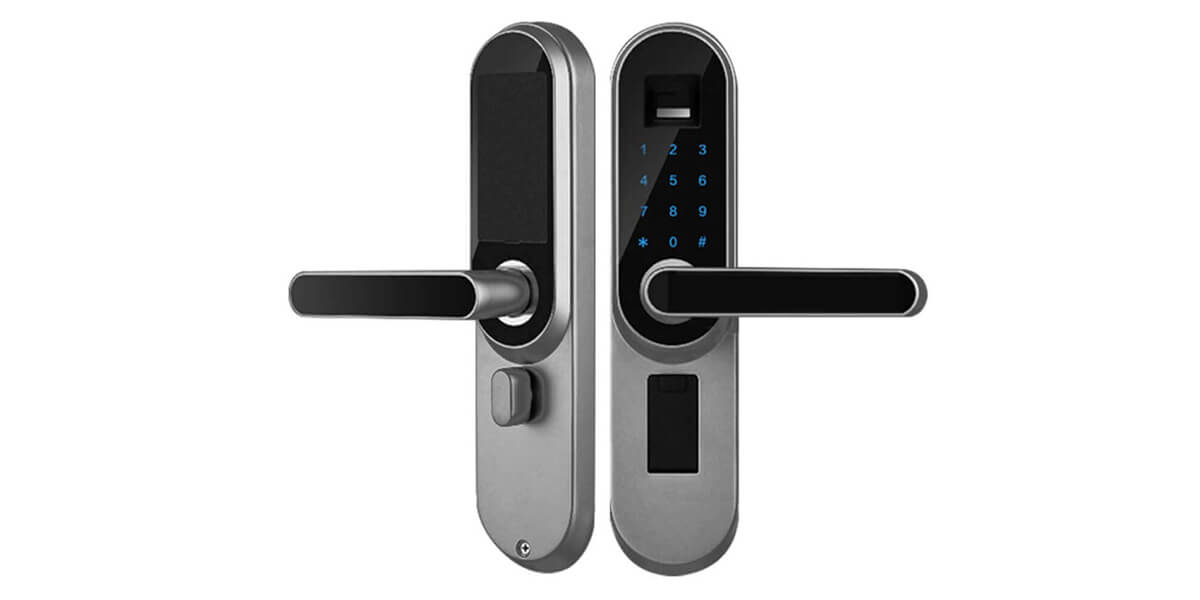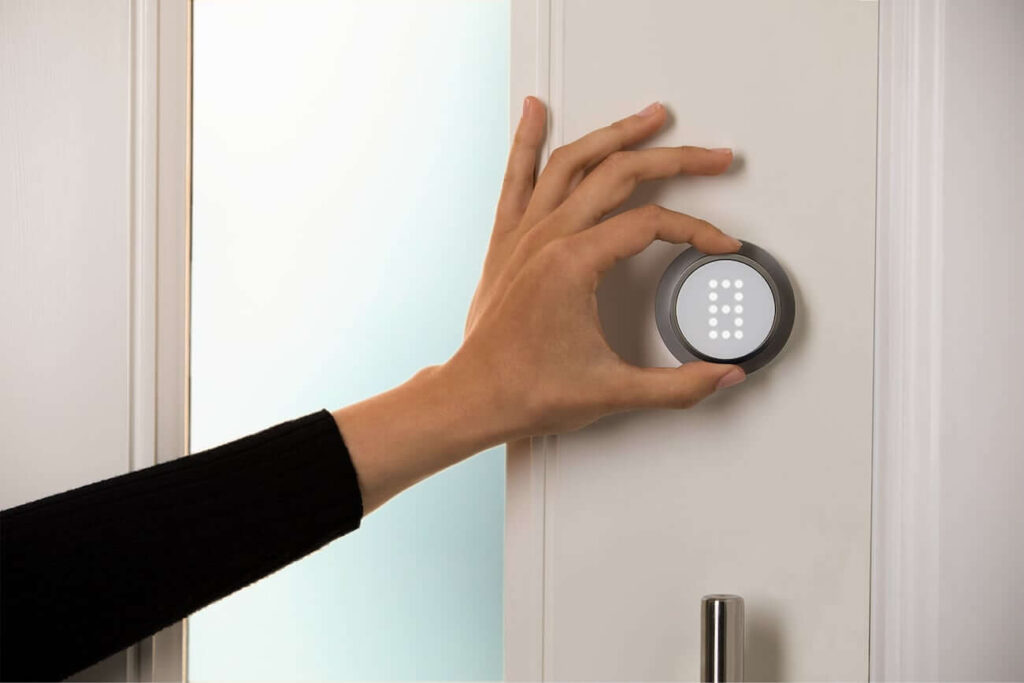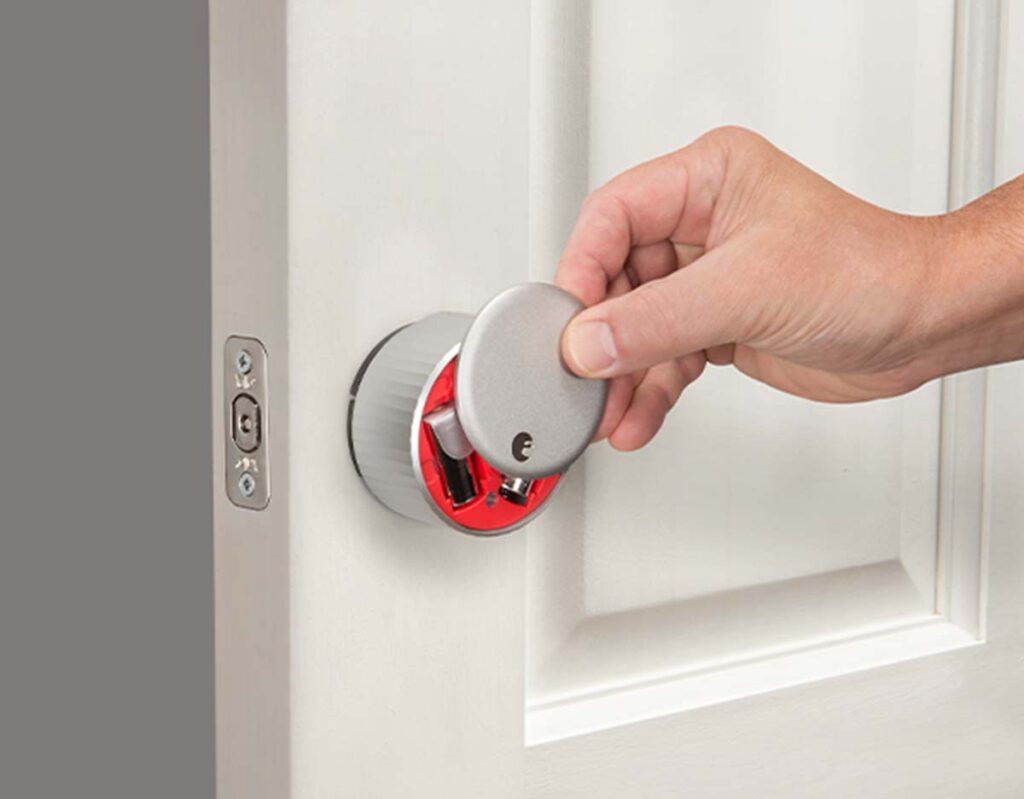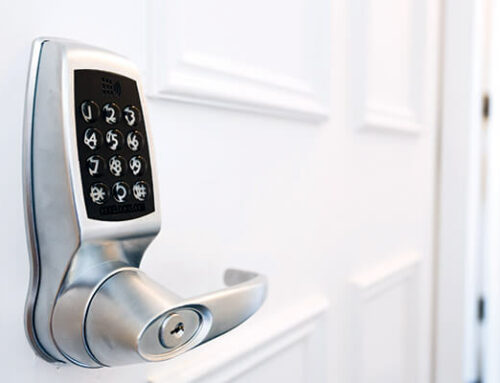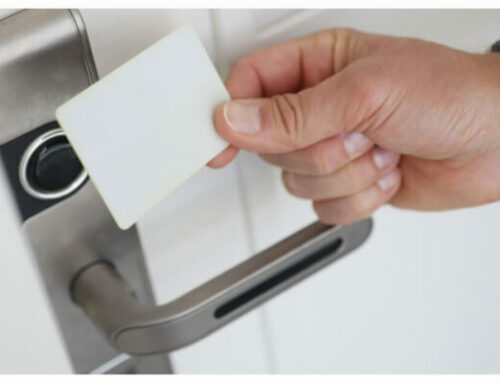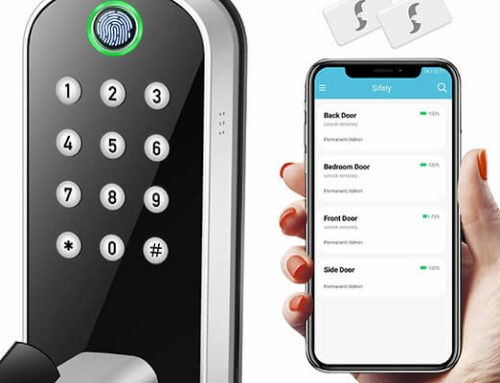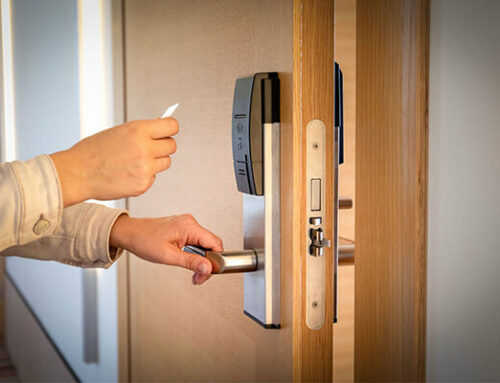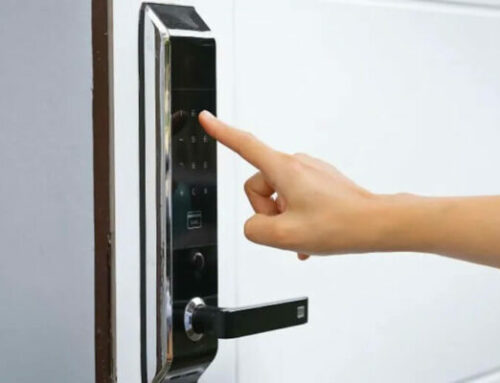A step-by-step guide for buyers to choose smart locks for their devices. Smart locks are common in our homes and the buildings we often visit. However, when it comes to industrial locking and device access control, your options seem to be limited. Here is the accessible information to help guide you and provides some suggestions on the technolgy and selection guide on smart locks.
1. What Problems are Hindering You?
Mechanical locks have limitations and will no longer serve you. You want to upgrade the mechanical lock you are using to an electronic lock, but you don’t know where to start. It is an arduous task to promote in your enterprise.
1) Security
Visible locks are usually the attack points for intruders. Upgrading or changing the security level is not a simple process.
2) Lack of Data and Communication
You can track and audit every area of your business, in addition to accessing your machine. Having locks that cannot provide data or communicate with other machine components can cause problems. For example, security vulnerabilities are only discovered after the event, leaving no sign of any source.
3) Lack of Access Control
Failure to easily grant or revoke access rights will lead to lengthy operation steps, which may not always lead to a simple repair, and the cost of repairing offline mechanical systems may be high.
4) Key Management and Related Expenses
When the key needs to be replaced, it may take time and money to manage the key especially when you have to replace locks and keys to prevent unauthorized access in the future.
5) Supply Chain
Once you decide on the lock you want, ensuring reliable performance is the next obstacle. The progress in locking hardware and access control has made the intelligent lock a value-added part of the Internet of Things technology and a solution to these problems.
2. Common Solutions
Each of the following will be analyzed in turn:
1) Mechanical lock
- Problem: Mechanical locking is like an island – not connected and unable to communicate with your machine.
- Solution: Integration of smart locks with sensors and alarms to enhance your machine’s ecosystem.
Your locking system is more than just a way to keep the door closed. It can be security, reassurance, data collection, etc., and remote control. In terms of locking, no one size is suitable for all situations. Although your options seem limited, this is not the case.
You can choose ready-made electronic locks, build independent systems with smart locks and compatible controllers, or create customized integrated solutions that can be used with your existing software, telemetry or payment systems, and peripheral devices. No matter what your locking requirements are, there are solutions.
2) Security
- Problem: The attack point is obvious and the asset security information is missing.
- Solution: Upgrade to the hidden smart lock with a door monitoring function, so that you can see the status of the lock and door.
Unfortunately, in outdoor unmanned cabinets such as vending machines and oddments cabinets, unlocking and breaking in are very common. Therefore, removing visible attack points is a simple prevention method. Hidden locks can also protect it from elements, thus reducing the need for an IP level.
Combined with lock monitoring, it provides additional security functions and visibility into asset security. If you want to add more deterrence – and enhance your machine – you can integrate your locking system with sensors and alarms.
3) Missing Data
- Problem: The only area in your business that does not collect data is the locking system.
- Solution: A simple way to obtain lock data is to add locks and/or door monitoring.
This is the easiest way to start collecting basic access information. If you want to extend it and collect the complete configuration file of access data, please check the electronic locking system connected to your existing software. One of the benefits of a fully connected system is that it will do heavy work for you, so you can easily manage and audit data. You can even consider integrating it with your inventory management system.
4) Access Control
- Problem: Lack of access control and knowledge, and expensive key management.
- Solution: integrate the access control system to grant access rights remotely, and check who has access rights, when, and how.
Access control reduces the burden of expensive physical key management by using digital keys that can be authorized or revoked immediately and remotely. Control who, when, and how to access your application.
Integrating access control with other peripheral devices (such as telemetry systems) can further enhance the locking and functionality of the entire system. What if you can fully understand the machine access and maintenance data, and accurately show who opened your lock, when, where, and for how long?
5) Integration
- Problem: The lock cannot communicate with other machine components
- Solution: The smart lock can not only communicate, but also work with other existing technologies.
A smart lock is not only a lock that supports Bluetooth; With the right integration, it can improve any application. By skillfully utilizing the integrated I/O ports, you can enhance the locking system to communicate with other system peripherals. These may be sensors, alarms, or lights. Anything you need to seamlessly connect with the door opening and closing can be included.
6) Supply Chain
- Problem: The extremely long delivery time will affect your own supply and customer delivery date.
- Solution: Find suppliers who can plan fulfillment, hold components and buffer the inventory quantity around your delivery location and required frequency, just in case.
If the inventory does not appear on time when you need it, the type of smart lock you choose does not matter. When reviewing suppliers, look for someone who can demonstrate complete supply chain management expertise. This will help minimize the delivery time as they may use multiple sources.
3. Lock Cylinder of Smart Lock
Class C lock cylinder is preferred. The lock cylinder is the core safety component of the lock, and is also the most important feature to judge whether the intelligent door lock is safe: the lock cylinder is generally divided into three types: lock cylinders A, B, C, D, and C are the best.
Therefore, thieves will not take a long time to pry the lock. They need to move quickly. Therefore, Grade C (or Grade C) is the best, and Grade B is also acceptable. In fact, the built-in chip of any smart product is very important, just like the lock cylinder of a smart lock. I have a friend who is a calculator manufacturer and he told me that the chip in the calculator is the key component. If a calculator is missing a chip like a smart lock is missing a lock cylinder, anyone can open the door.
4. Fingerprint Identification Module
The semiconductor fingerprint identification module should be selected as the fingerprint identification module. The fingerprint module is considered the second core security component of the intelligent door lock. The fingerprint identification module is divided into optical fingerprint identification and semiconductor fingerprint identification:
1) Optical Fingerprint Identification
The fingerprint shape recognition algorithm forms a reflection of light. Copies of fingerprints can be used to unlock the device.
2) Semiconductor Fingerprint Recognition
Commonly known as living body recognition, or living body recognition for short. When the finger touches the fingerprint recognition module, the fingerprint module carries out the original recognition through multi-dimensional fingerprint recognition such as capacitance, inductance, temperature, and pressure. The best thing is that you can’t use fake fingerprints.
One of the disadvantages of semiconductor fingerprint recognition is that it is easy to wear after wearing it for a long time. There is no need to worry about this problem when purchasing fingerprint locks. Safety comes first. Tempered glass is typically used by smart lock manufacturers to prevent or reduce wear on their semiconductor fingerprint identification module.
5. Peephole Unlocking
If there is a peephole on the door, be sure to select a lock to prevent the peephole from unlocking. The principle of unlocking the peephole is to take off the peephole unlocker, put the hook and other tools into the hole, press the door handle down with the hook, and then open the door easily from the inside. The thief unlocked the lock in this way:
At present, peephole unlocking protection has two designs:
1) Mechanical Press:
That is, there is a button on the safety handle of the door, which needs to be pressed simultaneously with the button and the door handle to unlock. Only pressing the door handle will not unlock the door.
2) No Traditional Door Handle
The peephole needs a force point to open the door. This is because the door lock does not have a traditional handle, so don’t use force points to let them turn the handle. This design usually appears in fully automatic door locks. Like the following door lock:
6. Hijacking Password or Fingerprint
If only the door lock had this function. However, the common door lock does not have this function. Although it is not a basic requirement, it is best if it has this function. Because this function may not be used for a lifetime, but once it is used, it is a critical moment to save lives. The use scenario is to use the preset fingerprint/password to unlock and send silent alarm information to other family members when threatened.
7. Other Safety Functions
The following will be introduced in detail:
1) Random password unlocking:
This function is usually included in all door locks. The main function is to effectively prevent others from trying to read the password. The thief tries to guess the home password by wearing the fingerprint mark and the password key. The user can enter many numbers at will. As long as the number in the middle of the serial port is correct, the lock will open.
2) Tesla coil:
Basic functions of the universal intelligent door lock. The principle is to make the intelligent door lock machine short-circuit through the electromagnetic interference chip, and then forcibly restart or break the lock.
8. Battery and Battery Service Life
The battery is divided into the dry battery and lithium battery, but there is one detail that needs attention. Dry cells are divided into:
- Battery pack composed of 4 # 5 batteries (generally lasting for 1 year).
- Two sets of 4 No. 5 batteries (8 cells, 4 sets of 1 set, AC power supply).
- An eight-cell battery pack.
Here, we recommend not unlocking two sets of four No. 5 batteries: there is a risk of battery leakage. The working principle of this door lock is that when one set of batteries is low, it will switch to the next set, while the original set of batteries without power is still in the lock. If there is no power battery in the lock for a long time, it is easy to leak water.
How to determine whether your lock is this smart lock? You can check the smart lock parameters. When writing, use 8pcs * No. 5 battery for power supply, then this one is OK. It is not easy to use when writing. It is powered by 4 * 5 batteries and can be expanded to 8.
9. Conclusion
This article explains the intelligent lock from the perspective of consumers and makes a brief introduction. It does not discuss the complex salt fog test and other door lock quality tests. If you are interested in this complex experiment, we can collect more information to introduce it to you.
If you can’t or don’t want to keep the inventory for one year, do they provide the inventory, set the delivery schedule and buffer the inventory quantity to prevent unexpected express delays or events that may prevent you and your customers from getting the goods on time.
There is no perfect smart lock in the world, but there must be a smart lock for you. This article is dedicated to comparing the key points you need to pay attention to help you understand which smart lock is best for you.

